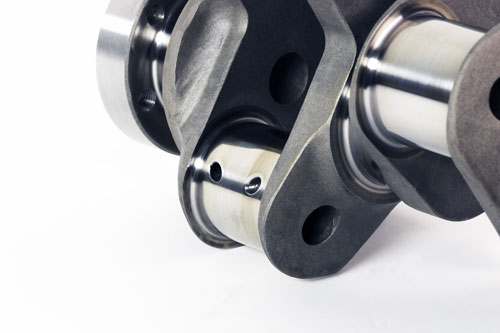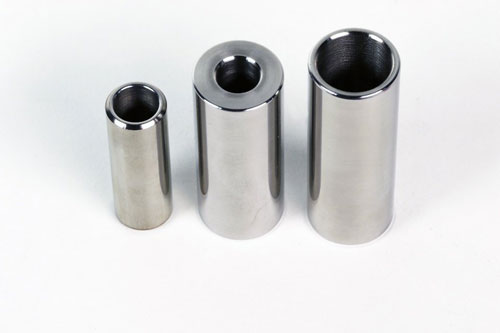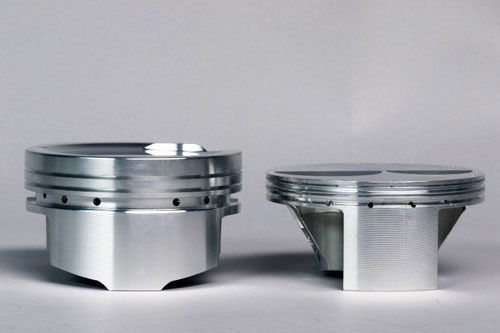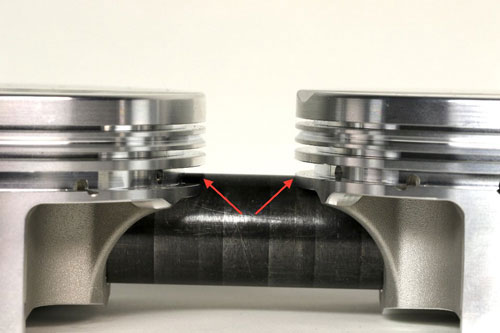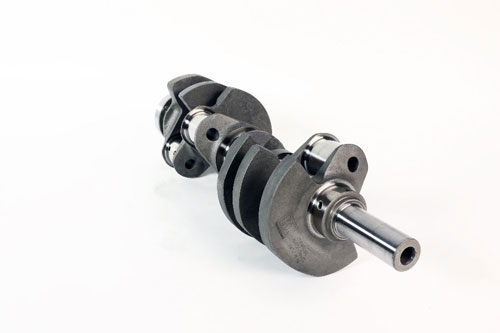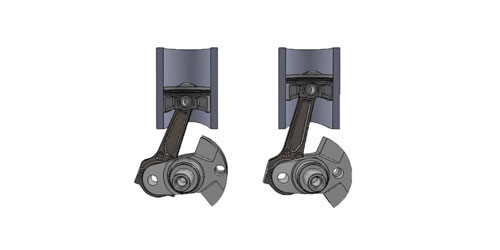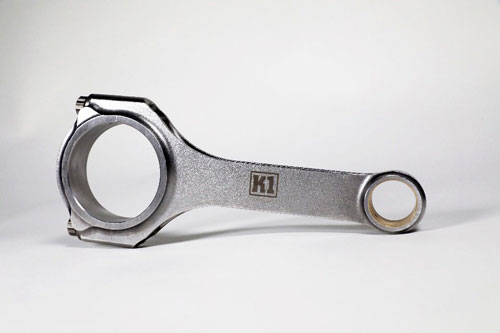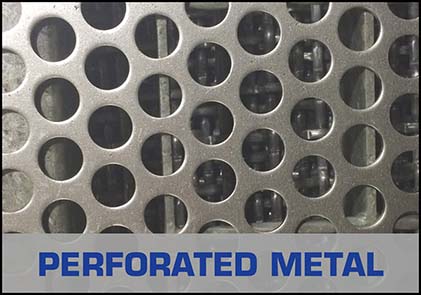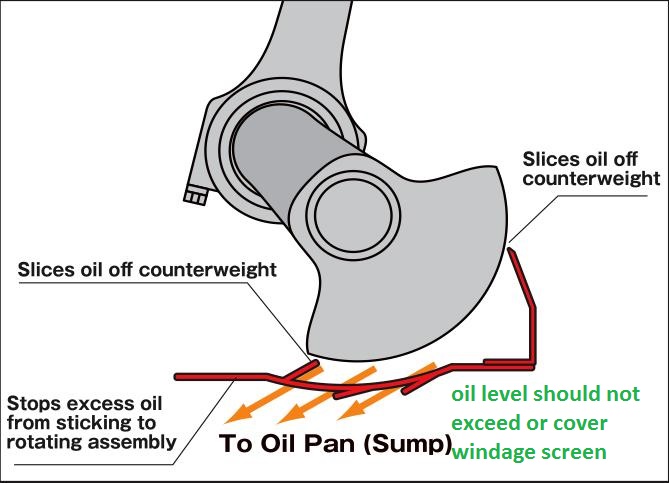Chevy V8 Crankshaft Journal Sizes
Here's a list of Chevy V-8 crankshaft journal sizes. All journal sizes are given in "STANDARD" sizes. Your crankshaft may have been cut down in size previously by a machine shop. Make sure your crank will work in the block you have. Blocks were made for each crank main journal size. If you are putting a "small" or "medium" journal smallblock crank into a "medium" or "large" journal smallblock block you will need crank bearing "spacers" or use special "thick" bearings available from aftermarket suppliers.
Chevy Smallblock V8 Crankshaft Journal Sizes
Gen.I, "Small Journal"
265...Mains-2.30"-Rods-2.00"
283...Mains-2.30"-Rods-2.00"
302...Mains-2.30"-Rods-2.00"
327...Mains-2.30"-Rods-2.00"
Gen.I, "Medium Journal", includes "Vortec" 305 and 350 thru '98
262...Mains-2.45"-Rods-2.10"
267...Mains-2.45"-Rods-2.10"
302...Mains-2.45"-Rods-2.10"
305...Mains-2.45"-Rods-2.10"
307...Mains-2.45"-Rods-2.10"
327...Mains-2.45"-Rods-2.10"
350...Mains-2.45"-Rods-2.10"
Gen.I, "Large Journal"
400...Mains-2.65"-rods-2.10"
Non-production Gen.I combination, using Gen.I 400 crank in Gen.I 350 block
383...400 crank, Mains cut to 2.45"-Rods-2.10"
Non-production Gen.I combination, using Gen.I 350 crank in Gen.I 400 block
377..."Spacer" or "thick" main bearings with 350 crank-Rods-2.10"
Gen.II, "Medium Journal", includes "L-99" 265, "LT-1" 350, "LT-4" 350
265...Mains-2.45"-rods-2.10"
305...Mains-2.45"-Rods-2.10"
350...Mains-2.45"-Rods-2.10"
Non-production Gen.II combination, using Gen.II 265 "L-99" crank in Gen.II 350 block
302...Mains-2.45"-Rods-2.10"
Gen.III, includes '97-2005 "LS-1" Corvette, Firebird, Camaro
345...Mains-2.558"-Rods-2.10"
Corvette "ZR-1", DOHC, "LT-5"
350...Mains-2.76"-Rods-2.10"
CID BORE STROKE
262 = 3.671" x 3.10" (Gen. I, 5.7" rod)
265 = 3.750" x 3.00" ('55-'57 Gen.I, 5.7" rod)
265 = 3.750" x 3.00" ('94-'96 Gen.II, 4.3 liter V-8 "L99", 5.94" rod)
267 = 3.500" x 3.48" (Gen.I, 5.7" rod)
283 = 3.875" x 3.00" (Gen.I, 5.7" rod)
293 = 3.779" x 3.27" ('99-later, Gen.III, "LR4" 4.8 Liter Vortec, 6.278" rod)
302 = 4.000" x 3.00" (Gen.I, 5.7" rod)
305 = 3.736" x 3.48" (Gen.I, 5.7" rod)
307 = 3.875" x 3.25" (Gen.I, 5.7" rod)
325 = 3.779" x 3.622" ('99-later, Gen.III, "LM7", "LS4 front wheel drive V-8" 5.3 Liter Vortec, 6.098" rod)
327 = 4.000" x 3.25" (Gen.I, 5.7" rod)
345 = 3.893" x 3.622" ('97-later, Gen.III, "LS1", 6.098" rod)
350 = 4.000" x 3.48" (Gen.I, 5.7" rod)
350 = 4.000" x 3.48" ('96-'01, Gen. I, Vortec, 5.7" rod)
350 = 3.900" x 3.66" ('89-'95, "LT5", in "ZR1" Corvette 32-valve DOHC, 5.74" rod)
364 = 4.000" x 3.622" ('99-later, Gen.III, "LS2", "LQ4" 6.0 Liter Vortec, 6.098" rod)
376 = 4.065" x 3.622" (2007-later, Gen. IV, "L92", Cadillac Escalade, GMC Yukon)
383 = 4.000" x 3.80" ('00, "HT 383", Gen.I truck crate motor, 5.7" rod)
400 = 4.125" x 3.75" (Gen.I, 5.565" rod)
427 = 4.125" x 4.00" (2006 Gen.IV, LS7 SBC, titanium rods)
Two common, non-factory smallblock combinations:
377 = 4.155" x 3.48" (5.7" or 6.00" rod)
400 block and a 350 crank with "spacer" main bearings
383 = 4.030" x 3.75" (5.565" or 5.7" or 6.0" rod)
350 block and a 400 crank, main bearing crank journals
cut to 350 size
ALL production big blocks used a 6.135" length rod.
CHEVY BIG BLOCK V-8 BORE AND STROKE
366T = 3.935" x 3.76"
396 = 4.096" x 3.76"
402 = 4.125" x 3.76"
427 = 4.250" x 3.76"
427T = 4.250" x 3.76"
454 = 4.250" x 4.00"
477= 4.5" bore x 3.76" stroke
496 = 4.250" x 4.37" (2001 Vortec 8100, 8.1 liter)
502 = 4.466" x 4.00"
557T= 4.5 bore 4.375" stroke
572T = 4.560" x 4.375" (2003 "ZZ572" crate motors)
T = Tall Deck
ALL production non-performance big blocks used a 6.135" length rod.(as did many of the crate engines)
http://www.chevydiy.com/1955-1996-chevy-small-block-performance-guide-crankshafts-manual-part-2/#
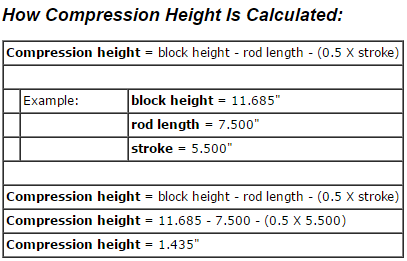
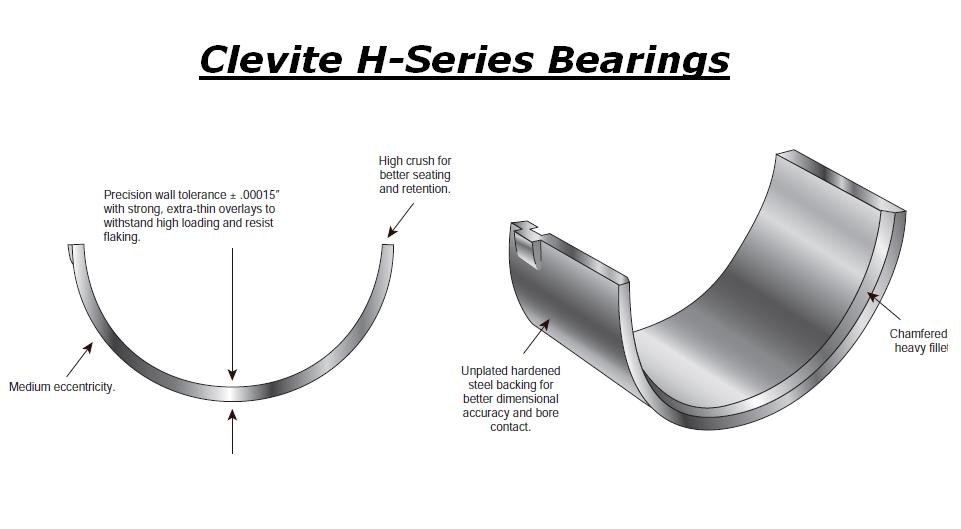
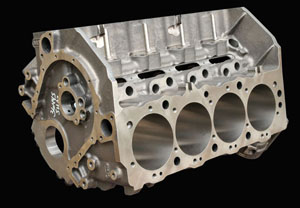
Dart Big M Block Selection - Hot Rod Engine Tech
The high demand performance requirements of this particular engine application require a cylinder case of superior design and construction. We chose a Dart Machinery "Big M" cylinder block equipped with all the best design features and attending hardware for a high RPM, 1,000 HP+ package.
hotrodenginetech.com
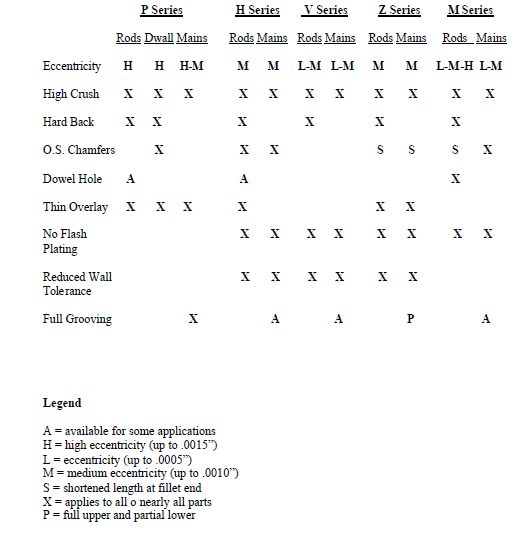
Watch these, they are interesting, and while I don,t agree with all the info in the videos below, watch them all the way thru and see if you catch the few things that are occasionally wrong or done poorly, and yes theres good tips and info
heres some calculators you might use
from a cost and parts availability vs the potential power levels you can generally expect there's
several BBC engine sizes that have consistently proven to perform rather well
the more common larger displacement combos ,these are
468 cid =454 .060 over bore stock 4"stroke crank
496 cid =454 .060 over bore + a 4.25" stroke crank
540 cid= 4.5" bore + a 4.25" stroke crank
572 cid=4.5" bore + a 4.5" stroke crank
632 cid=4.6" bore + a 4.75" stroke crank
Tech Equations - ThirdGen.Org
The following equations and rules apply only to 4-cycle engines powered by pump gasoline. The equations have been simplified for ease of understanding. Answers will approximate, but generally close enough for use as a guideline. It is recommended that you round your result to the nearest...
www.thirdgen.org

Calculators - Ford-Trucks.com
Air Capacity » Air Capacity, Volumetric Efficiency, Street Carburator Size, Racing Carburetor Size Average MPH and MPG » Miles Per Gallon, Miles Per Hour Brake Horsepower » Horsepower, Torque, Brake Specific Fuel Consumption, Brake Horsepower Loss Center of Gravity » Location Behind Front...
www.ford-trucks.com
Hotrodworks.net - Ballistic Parts
Thanks for stopping by, Hope you enjoy the what you are about to checkout, ( just Basic Hot Rod Stuff for your viewing pleasure.) There are several reasons why it was developed. First, they dig Hot Rods (duh) and doing artwork. Second, The Demand and response from people online wanting my...
Stan Weiss' - Automotive Performance Software / Interactive JavaScript to Calculate Engine's Compression Ratio (CR)
JavaScript Calculators designed for the auto enthusiast. Which will do math for YOU. Interactive JavaScript to Calculate Engine's Compression Ratio (CR)
 users.erols.com
users.erols.com
Automotive Performance Software / Interactive Calculators
Computer program designed for the motor sports enthusiast. Performance software that does the math for YOU, also Interactive JavaScript Calculators.
 users.erols.com
users.erols.com
gear spread sheet that comes in handy THANKS TO 1FATGMC
Stan Weiss' - Automotive Performance Software / Interactive JavaScript to Calculate Speed(MPH) for given RPM, Rear Gear Ratio and Trans Gear Ratio
JavaScript Calculators designed for the auto enthusiast. Which will do math for YOU. Interactive JavaSript to Calculate Speed(MPH Km/H) for given RPM, Rear Gear Ratio and Trans Gear Ratio
 users.erols.com
users.erols.com
Stan Weiss' - Automotive Performance Software / Interactive JavaScript to Calculate Speed(MPH) for given RPM, Rear Gear Ratio and Trans Gear Ratio
JavaScript Calculators designed for the auto enthusiast. Which will do math for YOU. Interactive JavaSript to Calculate RPM for given Speed(MPH), Rear Gear Ratio and Trans Gear Ratio
 users.erols.com
users.erols.com
Stan Weiss' - Automotive Performance Software / Interactive JavaScript to Calculate Rear End Gear Ratio needed
JavaScript Calculators designed for the auto enthusiast. Which will do math for YOU. Interactive JavaScript to Calculate Rear End Gear Ratio needed
 users.erols.com
users.erols.com
Primary Header Tube Length by JavaScript
Calculate Header Tube Length - by Wallace Racing Home of Pontiac Powered Firebirds,Trans Ams,Pontiac Powered Dragsters,Pontiac Power Rules!
www.pontiacracing.net
How Do Exhaust Headers on a Car Work?
If you're planning to make more power from your engine. Switching to hi-performance exhaust headers are a good idea. Find out how exhaust headers work to improve engine performance.
a few resources to allow you to calculate the ideal results
http://www.tmossporting.com/tabid/1805/Default.aspx
here's some different calculators
http://www.kb-silvolite.com/calc.php?action=comp2
http://www.wallaceracing.com/dynamic-cr.php
http://www.smokemup.com/auto_math/compression_ratio.php
http://not2fast.wryday.com/turbo/com...pressure.shtml
average the results
https://www.youtube.com/watch?v=jHeO1h3U4GE
https://www.youtube.com/watch?v=Q3Qm7vRoPKo
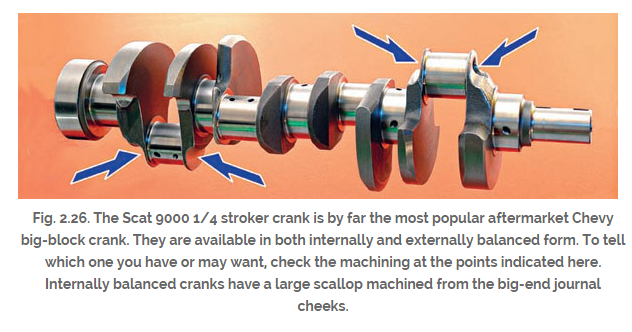
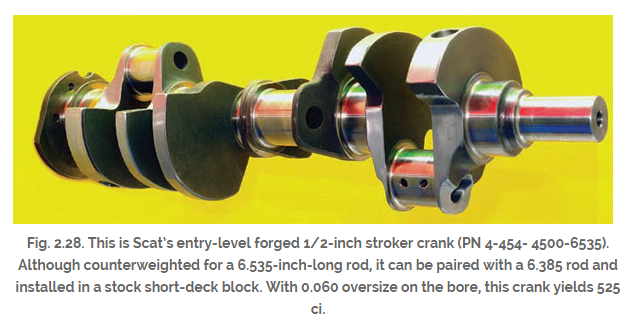
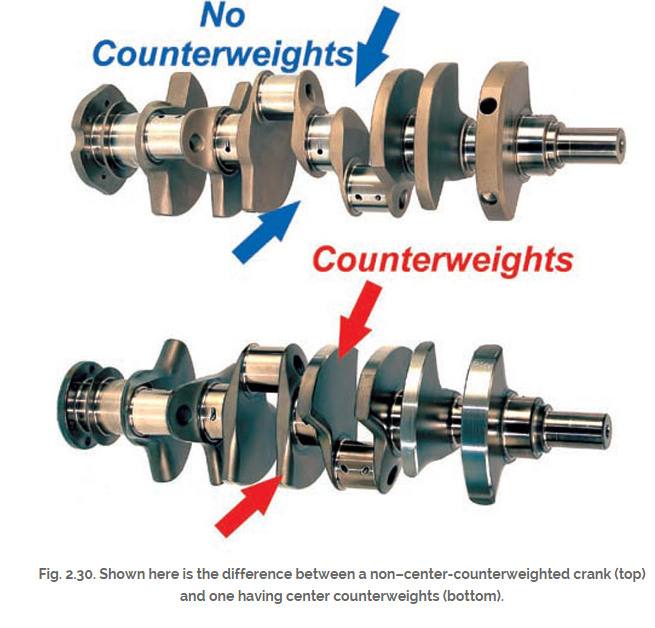

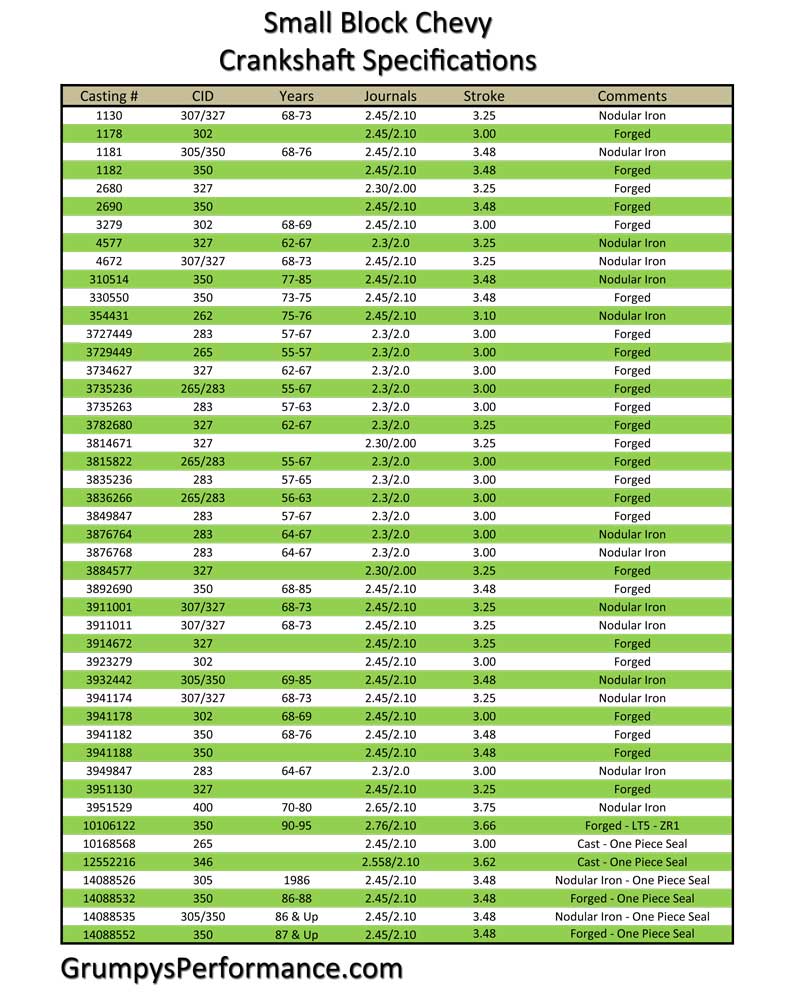
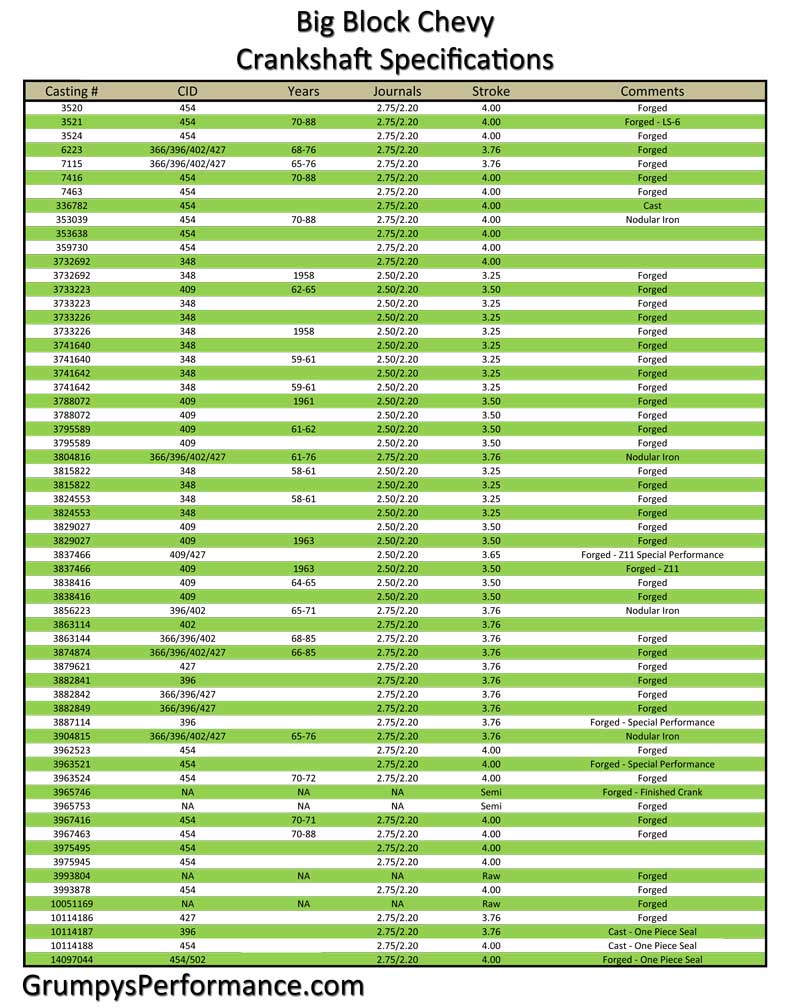
Ive used the clevite (H) in dozens of engines without any problems , (obviously measure clearances and order the correct bearings )
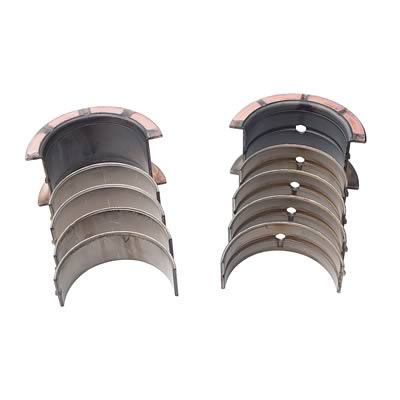
http://www.summitracing.com/search/make/chevrolet/engine-size/5-7l-350/engine-family/chevy-small-block-gen-i?keyword=clevite (h) bearing sets
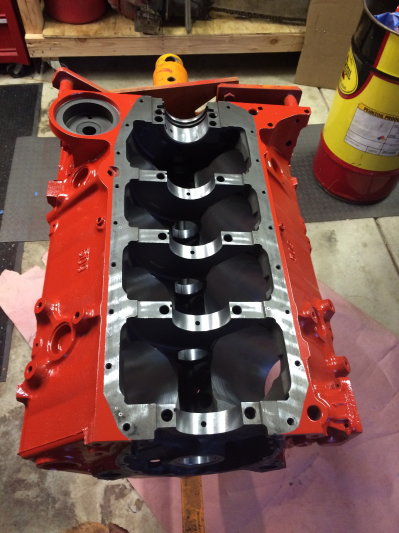
don,t assume the bearing journal diameters are correct, on any crankshaft,
, ( while they are almost certainly correct on a SCAT crank)
its good practice and certainly smart to measure carefully to be 100% sure, and that youve purchased and matched them to the correct matched bearing set!
it helps a great deal if you take the time and effort to find a trust worthy and reasonably priced local machine shop , and trust me when I say this is critical, and yes, the machinist will seem to point out endless things that should be done to increase durability, or just allow proper component function,and a good machinist will try to guide you in component selection to help avoid mis-matched parts and low quality parts being used, yes quality parts and machine work, ALWAYS COST more than you may expect them too!
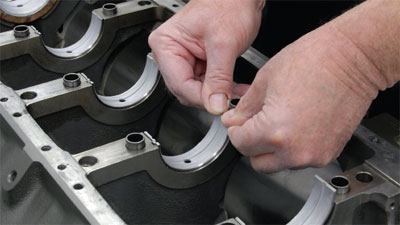
http://garage.grumpysperformance.com/index.php?threads/bearing-clearances.2726/
http://garage.grumpysperformance.co...tion-of-crank-durring-short-blk-assembly.852/
http://garage.grumpysperformance.co...g-and-installing-connecting-rods-pistons.247/
http://www.ohiocrank.com/chev_bb_shortb.html
http://garage.grumpysperformance.com/index.php?threads/piston-related-info.110/
http://garage.grumpysperformance.com/index.php?threads/496-bb-with-internal-balance.10743/
http://garage.grumpysperformance.co...ng-and-basic-piston-ring-info-youll-need.509/
http://garage.grumpysperformance.com/index.php?threads/big-block-chevy-info.710/#post-60300
http://garage.grumpysperformance.co...-displacement-street-engine.10961/#post-48359
http://garage.grumpysperformance.com/index.php?threads/tall-deck-big-block-related-threads.10391/
http://garage.grumpysperformance.com/index.php?threads/which-496-bbc-engine.12291/#post-60423
http://garage.grumpysperformance.co...g-block-head-comparison.319/page-2#post-56649
http://garage.grumpysperformance.com/index.php?threads/build-a-496-stroker-bbc.101/#post-49427
http://garage.grumpysperformance.com/index.php?threads/block-choice.10472/#post-43984
http://garage.grumpysperformance.com/index.php?threads/scat-cranks-related-info.10930/#post-47993
http://garage.grumpysperformance.co...apless-top-piston-ring-sets.10555/#post-44980
http://garage.grumpysperformance.com/index.php?threads/block-prep.125/page-2#post-58033
http://garage.grumpysperformance.co...-on-the-cheap-well-to-start.11739/#post-55365
http://garage.grumpysperformance.com/index.php?threads/what-big-block-is-it.11655/#post-54494
http://garage.grumpysperformance.com/index.php?threads/scat-cranks-related-info.10930/#post-47993
http://garage.grumpysperformance.co...-15-years-later-after-long-term-storag.10443/
http://garage.grumpysperformance.co...g-block-pushrod-guide-plates.4596/#post-52034
http://garage.grumpysperformance.com/index.php?threads/build-a-496-stroker-bbc.101/#post-49427
http://garage.grumpysperformance.com/index.php?threads/another-496bbc.5123/page-2#post-49183
http://garage.grumpysperformance.co...-calculators-and-basic-math.10705/#post-72061
http://garage.grumpysperformance.com/index.php?threads/another-496bbc.5123/
http://garage.grumpysperformance.com/index.php?threads/picking-a-cam-for-street-strip-496-bbc.13384/
http://garage.grumpysperformance.co...-car-craft-magazine-big-bang-big-block.10830/
http://garage.grumpysperformance.com/index.php?threads/striders-540bbc.1356/
Last edited by a moderator:

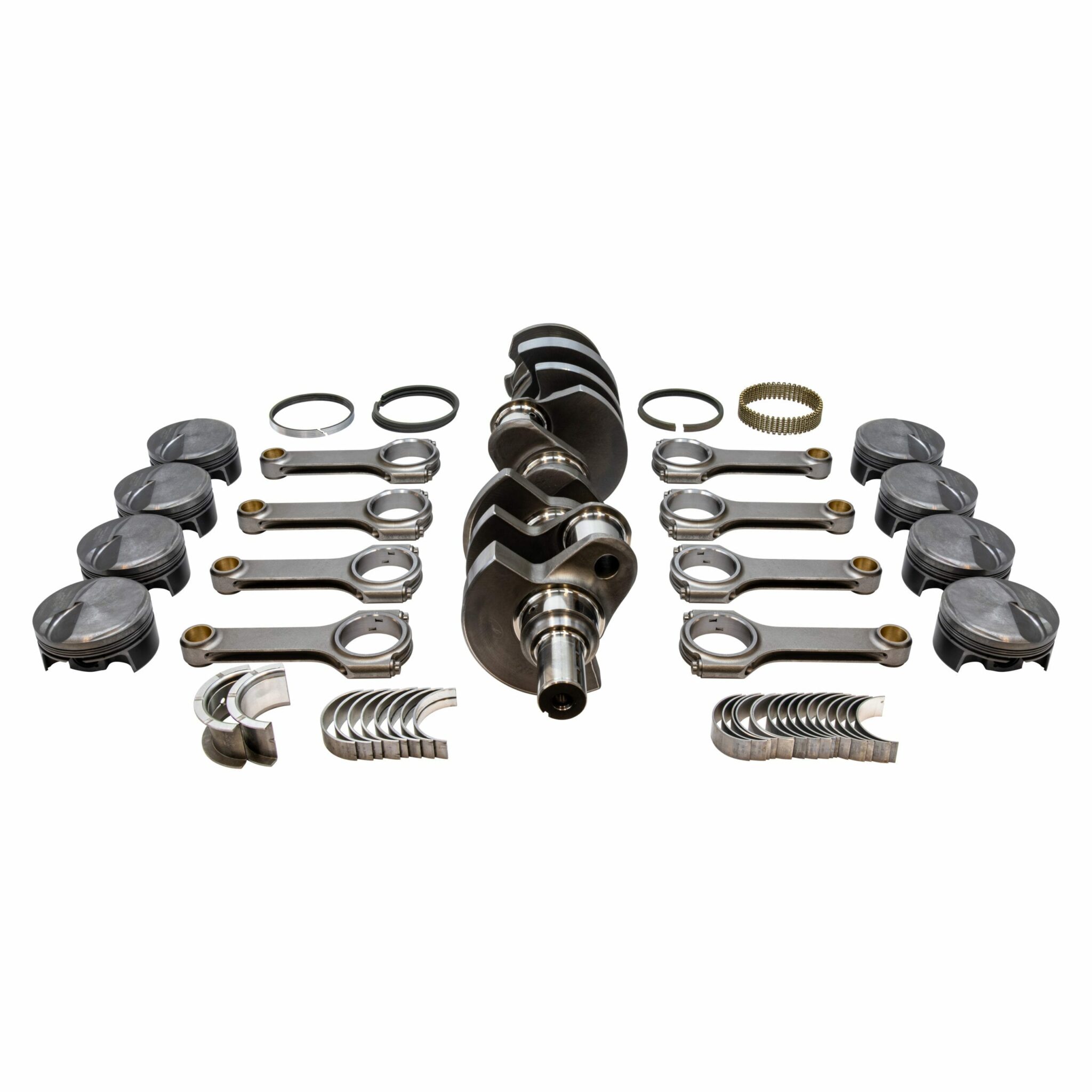
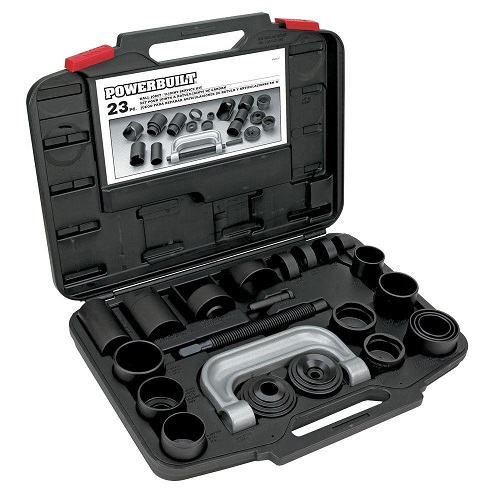
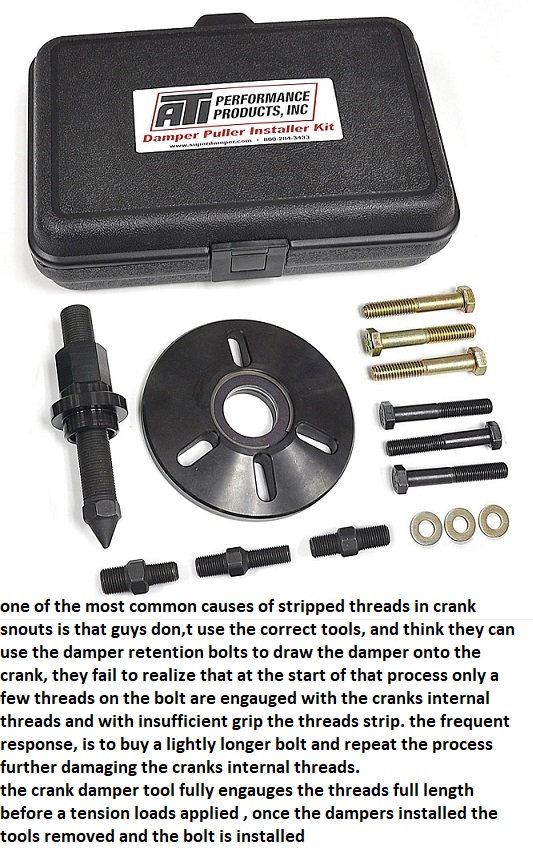
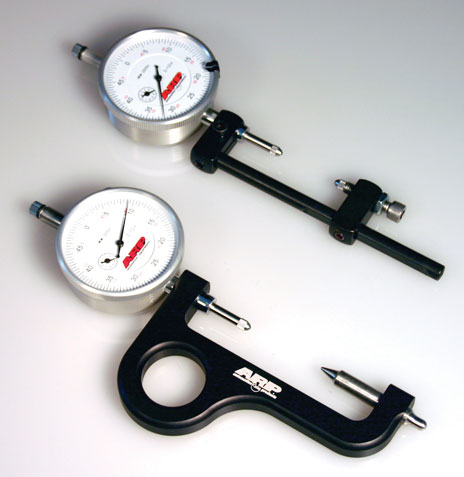
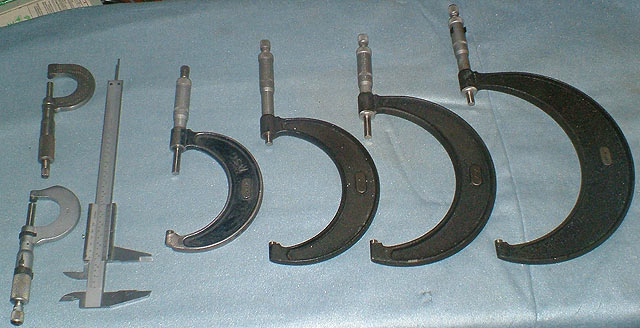
 Print
Print  Email
Email
